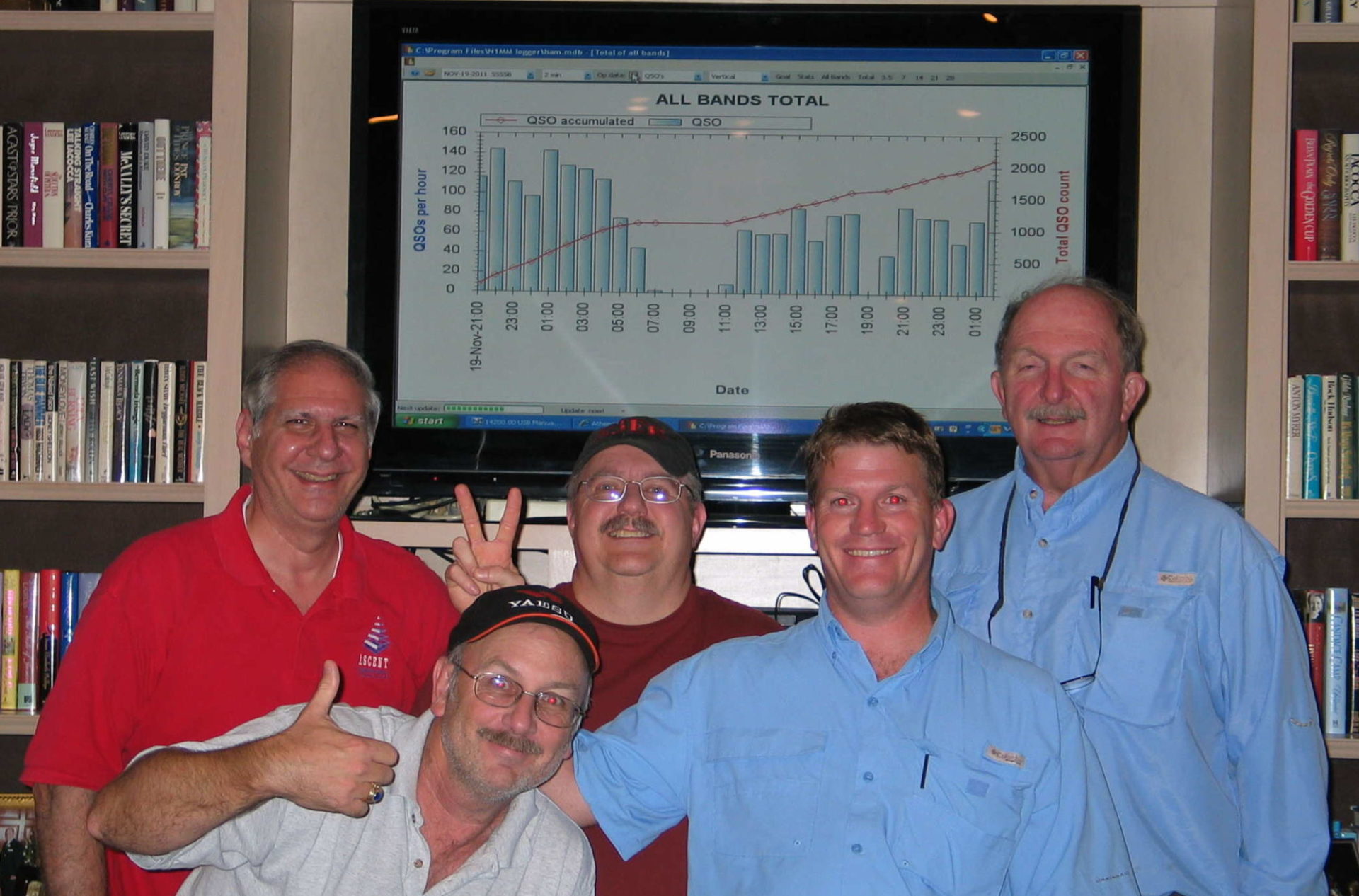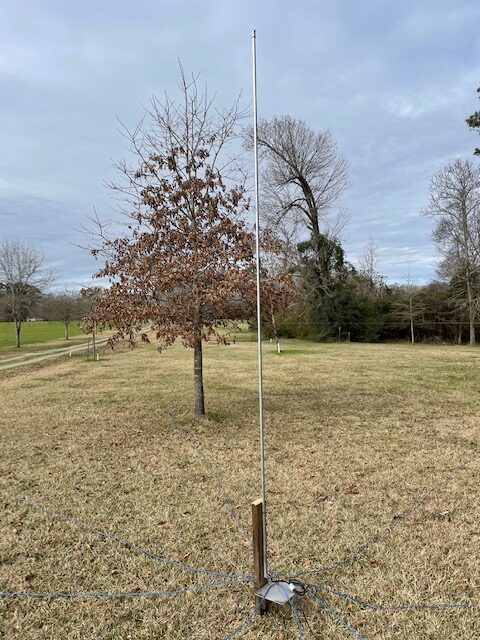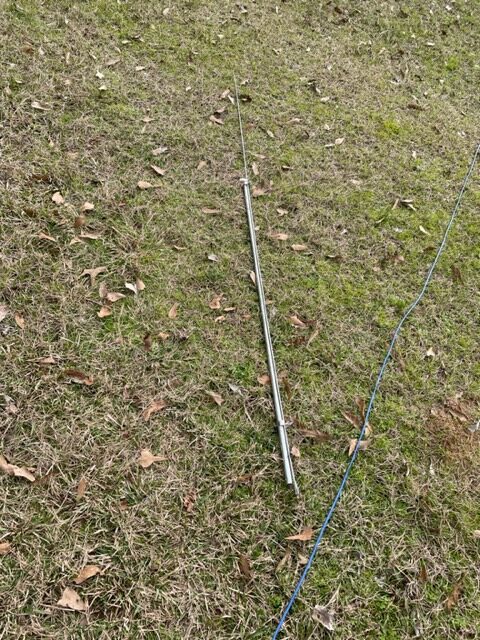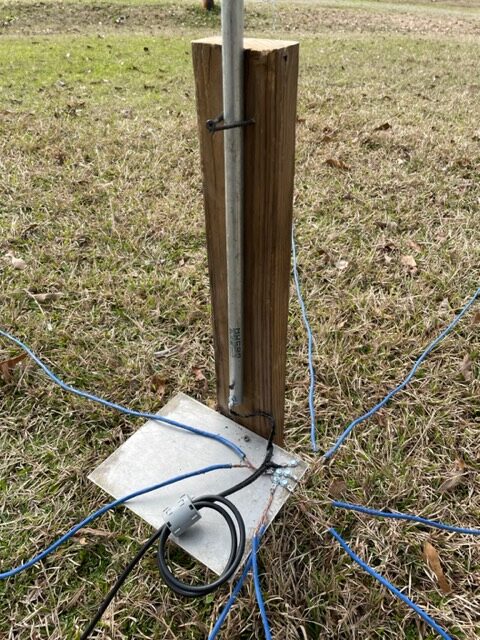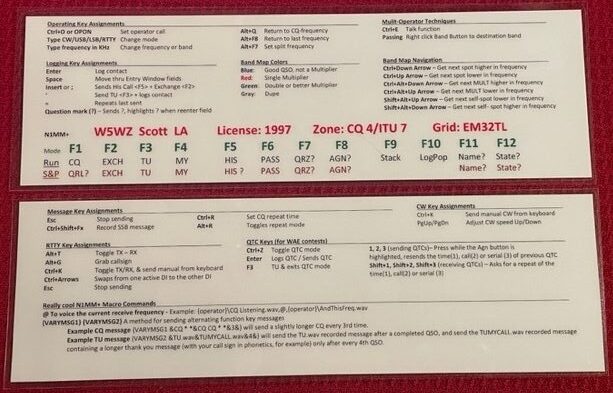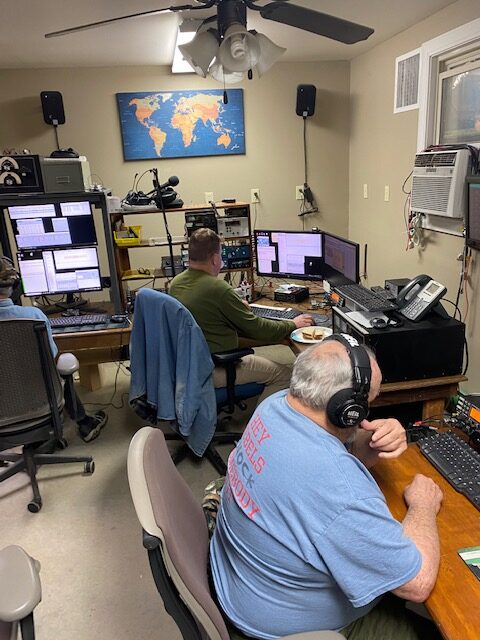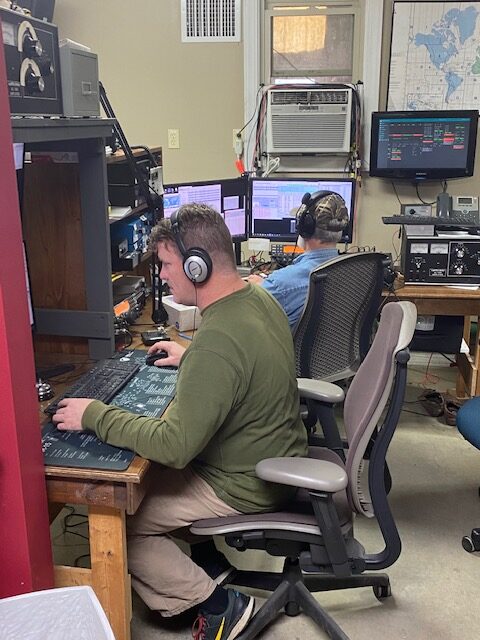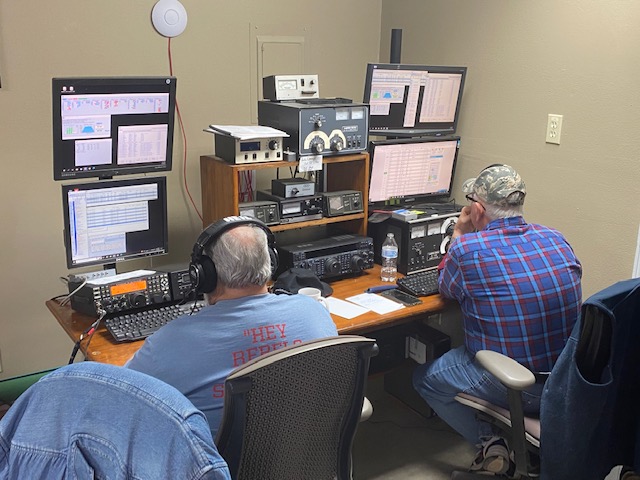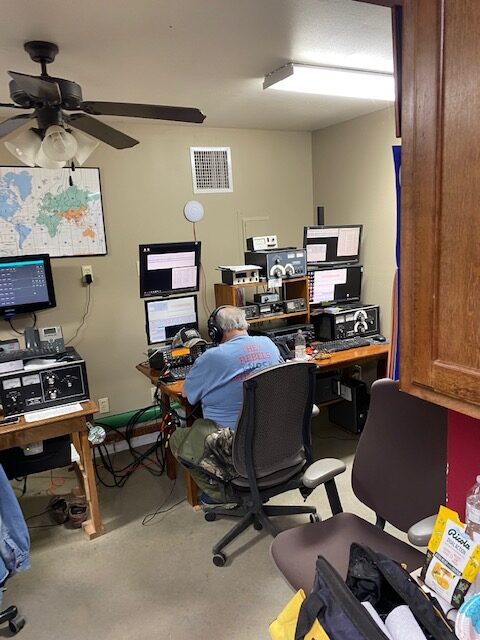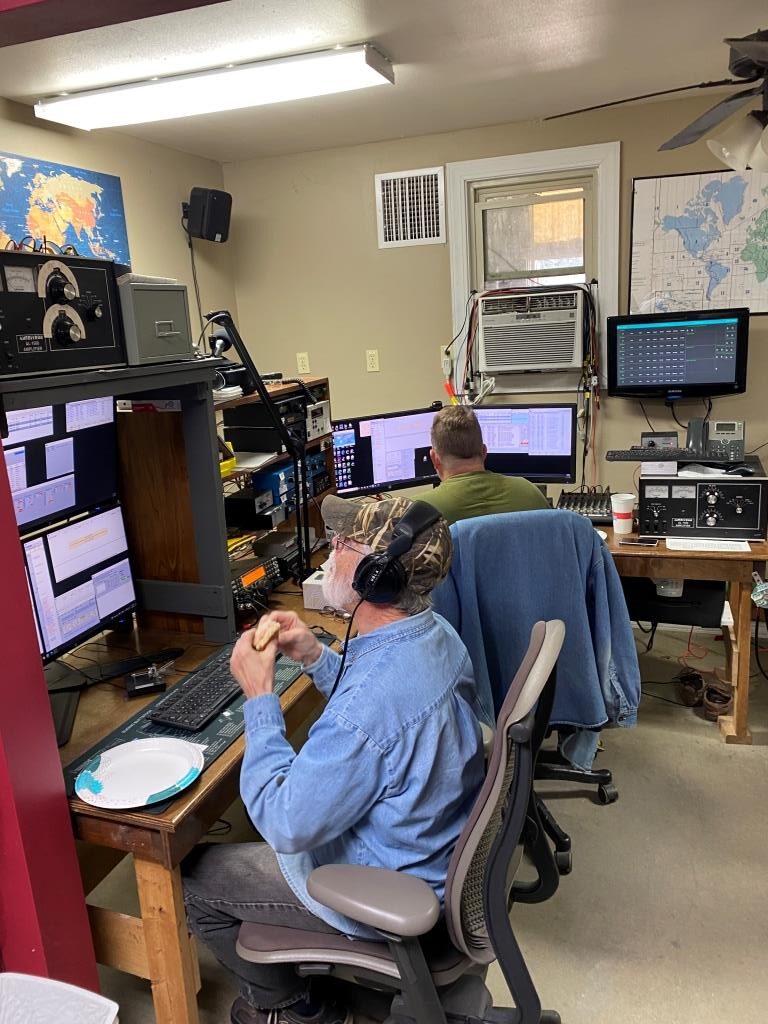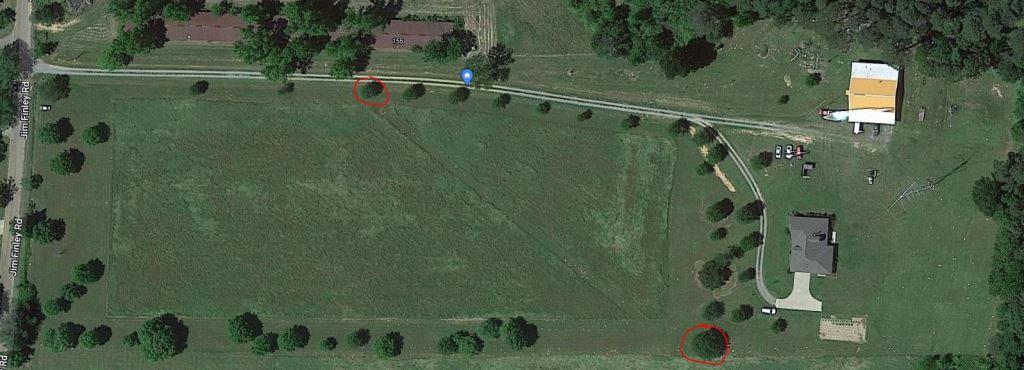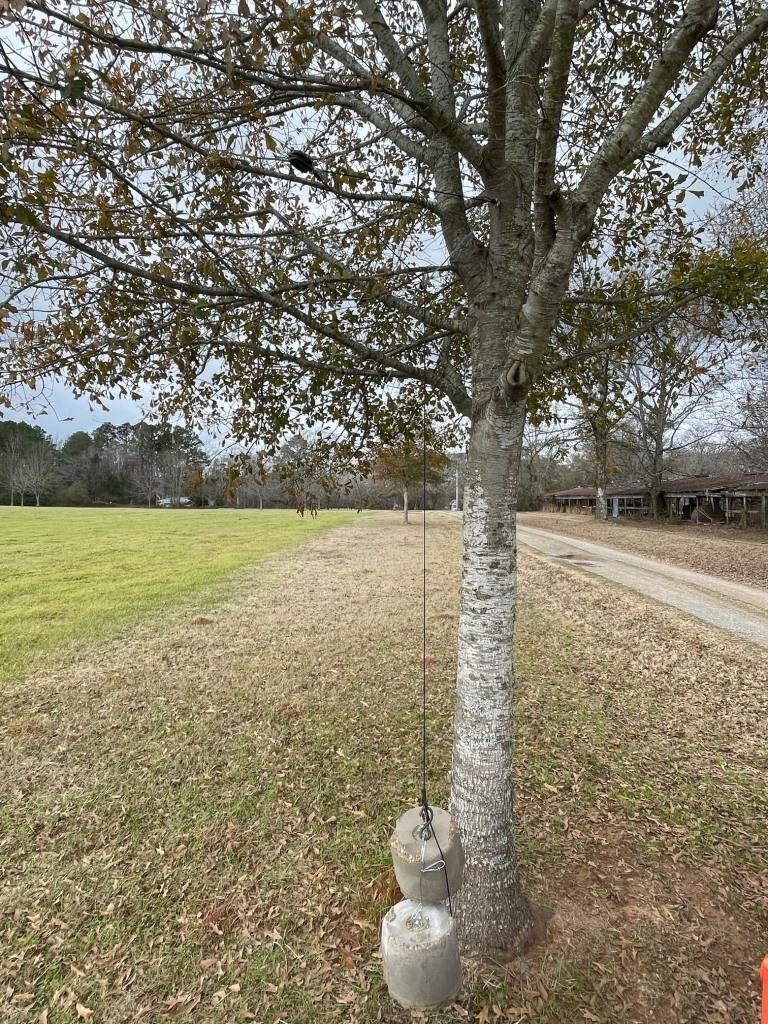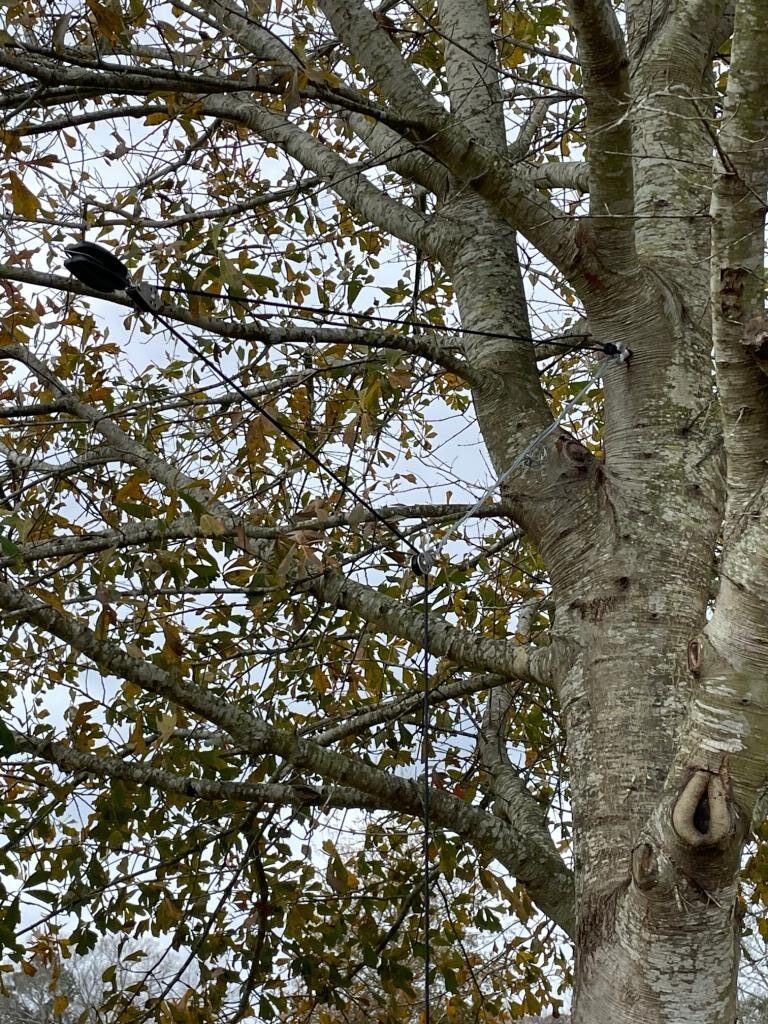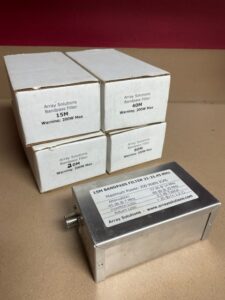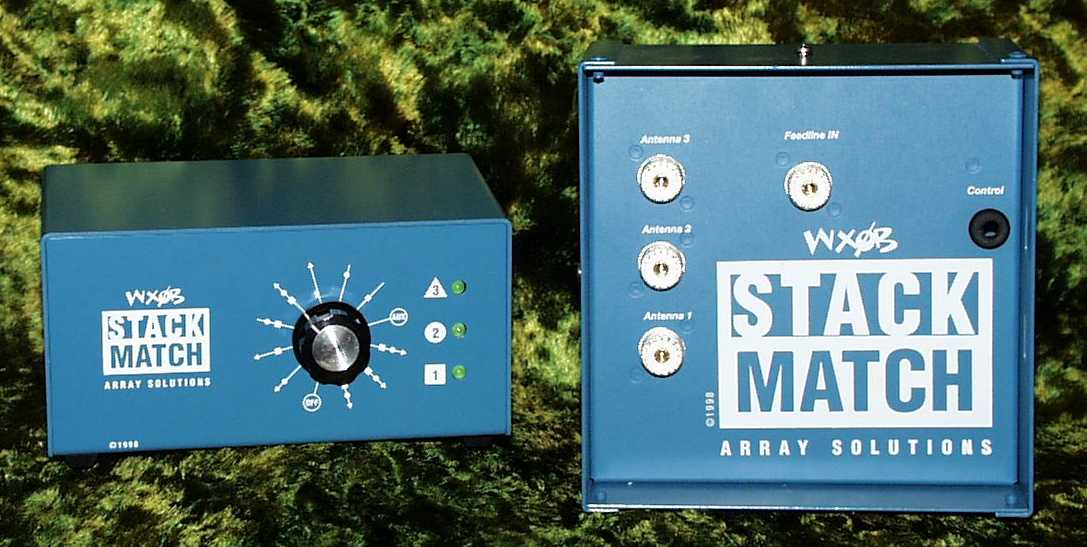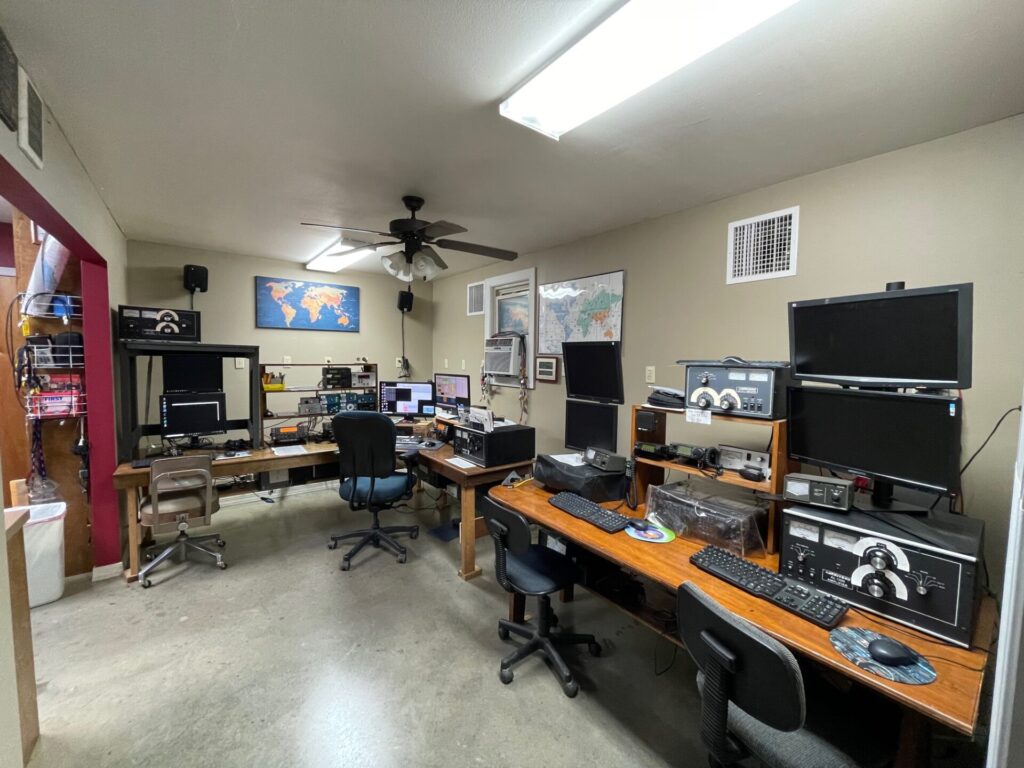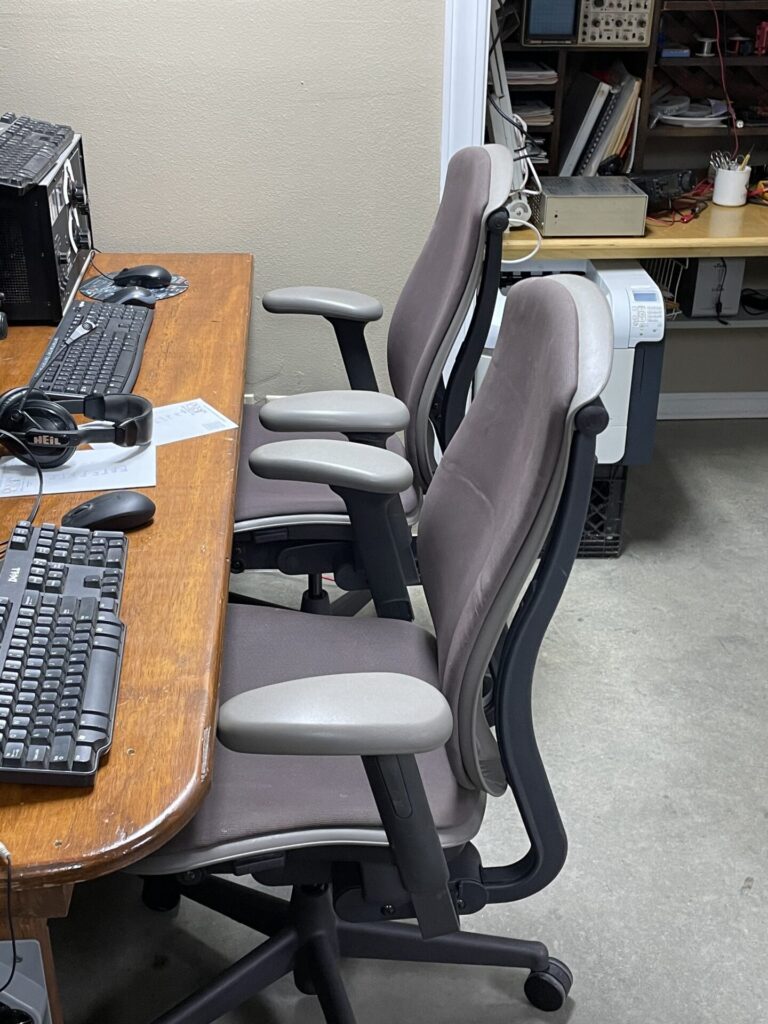7/23/2023
SUMMARY –
KIO3 ACC pin 9 voltage not stable when tranmitter is placed in TX. Sypmtom exhibits on 30m, 20m, 17m and 15m.
DETAILS –
K3 KIO3 connects only pins 3, 9, 13, 14 to a Top Ten Band Decoder, and has been for many years. Now when K3 is on 30m, 20m, 17m, and 15m, any mode, at any power level including 0.0 and TX TEST, upon going into TX the voltage on pin 9 drops to 2.3-2.5vDC, thus improperly signaling the band decoder to switch bands, when indeed the K3 has not changed bands.
7/25/2023 – Email from Elecraft Support:
A note from our senior technician :
“Since it has been working for years, I would check all the chokes on the KIO3 Digital board. (Ohmmeter read across the bus lines should be about 4 Ohms. if open, they can be jumpered) Pull and reseat the KIO3 board set also, I believe we went to gold pins on the K3″S”.
While reseating KIO3 boards photograph both sides of the digital board and send the photos back to this address.
That rig # came with NO pullup resistors, so I wonder what version digital board it has (version XD), send pic of the Digital board please. Then look at the schematic for HIS board. Not sure where the ~2.5 volts comes from (Pin 5 of U6).
8/7/2023 – Received a new Rev C board that does include the pullup resistors. Installed the board, and everything works as it should.
